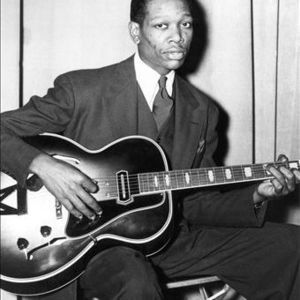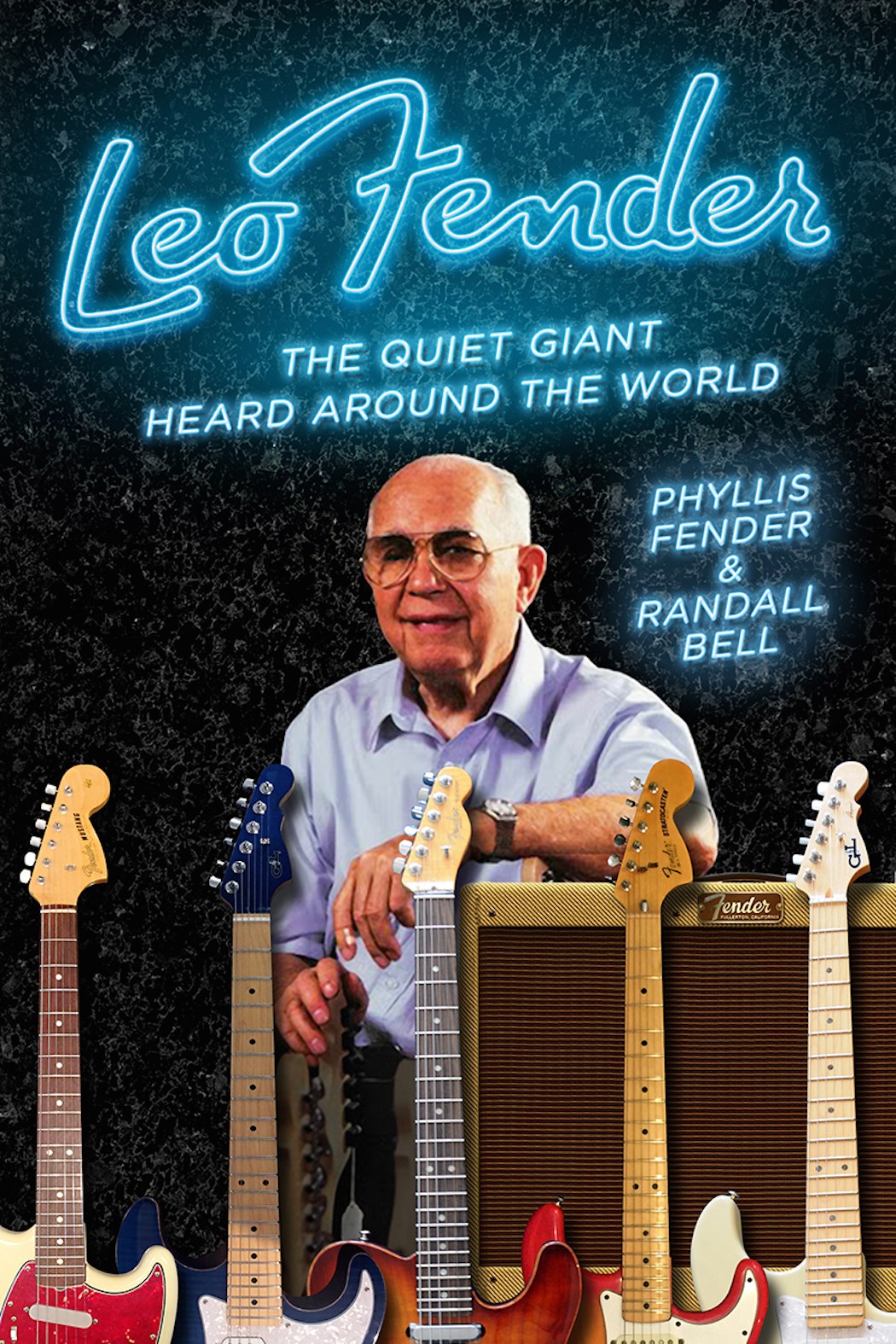Introduction to the Electric Guitar
While the guitar is established today as one of the most popular instruments in American popular music and around the globe, it wasn’t always destined to be the lead instrument in the majority of chart-topping bands by the late 20th century. Prior to the 1940s, guitarists in popular music were relegated to the background of most popular “big bands”, primarily functioning as a component of the rhythm section and adding rhythmic and chordal texture underneath horns and winds playing the melody. However, the advent of the guitar pickup by George Beauchamp in the 1930s allowed virtuoso guitarists like Charlie Christian and his Gibson ES-150 to play with more volume.

Christian’s “work with clarinetist Benny Goodman’s big band established the electric guitar as a lead instrument in jazz” (Waksman, 237). Soon, solid-body guitars that were intended to be amplified from the start, like the Fender Telecaster (1950) and the Gibson Les Paul (1952), were developed with the help of input from the best players.
The introduction of the electric guitar in the mid-20th century had a monumental impact on the popular music industry, contributing to the development of early Rock and Roll and guitar-driven acts within existing genres (like country and jazz). It also led to the “guitar hero” era of the 1960s-1980s and fueled the Gibson/Fender guitar wars, which propelled the popularity of the instrument (and rock music) even higher.
Chet Atkins showcasing his ability to “finger-pick” melodies over a bass-line.
